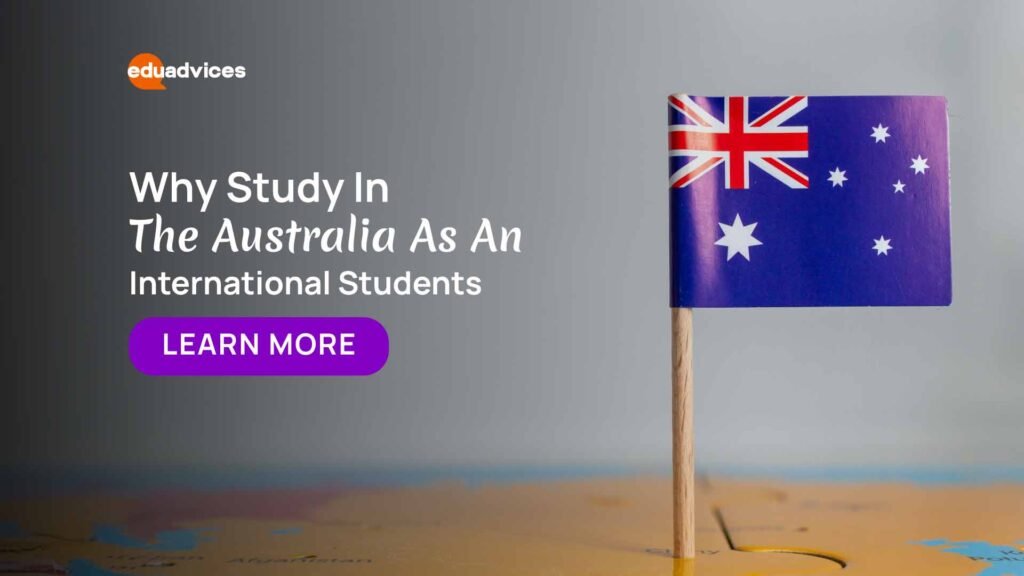How to Write a Winning SOP for Your Study Abroad Application
A Statement of Purpose for study abroad is a key element of your application. It allows you to showcase who you are beyond grades and test scores. A well-written SOP highlights your academic journey, career goals, and passion for studying abroad. It also explains how the chosen program aligns with your aspirations. Start with an attention-grabbing introduction. Share your background, achievements, and challenges briefly and authentically. Highlight specific skills and experiences that make you unique. Clearly explain why the university and program suit your goals. Avoid generic phrases—make it personal and relatable. End with your long-term objectives and how studying abroad connects to achieving them. Keep the tone clear, engaging, and focused. What is an SOP? A Statement of Purpose (SOP) is a key component of your application when applying for a study program at a university or college. It’s a personal essay where you outline your academic background, professional goals, reasons for choosing a particular course, university, and country, and how the program aligns with your future ambitions. Learn More About SOP Key Elements of an SOP: Introduction Capture attention with a brief, engaging introduction. Mention what sparked your interest in the field or share a personal story that led to your decision. Academic Background Discuss your educational journey and relevant studies or achievements. Highlight key subjects or experiences that have shaped your academic path and prepared you for the course. Career Aspirations Clearly articulate your long-term career goals. Explain how the program will help you build skills and open new career opportunities. Why This Program and University? Explain why you’ve chosen this specific course, university, and country. Mention aspects like faculty expertise, research opportunities, and the curriculum. Learn More About University Show how the university’s values align with your own. Why Study Abroad? If applicable, explain why studying abroad is important for your academic and personal growth. Highlight the benefits of learning in a new cultural environment. Conclusion Summarize your goals and reasons for applying. Reaffirm why you’re a strong candidate and express your enthusiasm for the opportunity. Why an SOP is Crucial for Your Application Your Statement of Purpose (SOP) plays a vital role in your study abroad application. Here’s why it matters: Gives Insight into Who You Are Grades and test scores don’t tell the full story. Your SOP provides a glimpse into your personality, goals, and values. It helps admissions committees see the person behind the numbers. Shows You’ve Thought Things Through A well-crafted SOP demonstrates you’ve carefully considered your academic and career goals. It clearly outlines why the program you’re applying to is a perfect fit for your aspirations. Proves You’re a Good Fit for the Program Every university has its unique culture. Your SOP highlights how your skills, ambitions, and vision match with the program’s goals, making it clear you’re a strong candidate. Clarifies Any Gaps or Unique Circumstances If you’ve had academic challenges or non-traditional experiences, your SOP is the place to address them. It provides context and explains any gaps in your academic journey. Supports Your Visa Application In many countries, a well-written SOP is a key component of your visa application. It shows the authorities that you’re serious about your studies and have genuine intentions to study abroad. Sets You Apart from Other Applicants An SOP can help you stand out. It provides the opportunity to highlight what makes you unique compared to other candidates who may have similar academic qualifications. Shows Commitment to Your Future A strong SOP illustrates your long-term vision and how the program you’re applying for will help you get there. It highlights your commitment to your education and future career. Steps to Write a Winning SOP (Statement of Purpose) Writing an SOP can be overwhelming, but with the right approach, it becomes much easier. Here’s a streamlined guide to help you create a standout SOP. Learn more about this on EduAdvices 1. Understand the University’s Requirements Review Application Guidelines: Read the guidelines carefully for word count, formatting, and submission details. Note specific instructions to avoid mistakes. Research the Program: Explore the curriculum, courses, and special features. Learn about faculty profiles and their expertise. Identify unique aspects like research opportunities or internships. Highlight University Features: Focus on what makes the university stand out, such as rankings or partnerships. Mention facilities or support systems relevant to your goals. Tailor Your SOP: Align your academic background, skills, and goals with the program’s requirements. Avoid generic statements and make it personalized. Plan and Prepare: Start drafting your SOP early to allow time for revisions. Double-check deadlines and submission formats. Organize Your SOP: Structure it logically: introduction, academic journey, career aspirations, and why this program/university. Be Clear and Concise: Stick to relevant points and avoid unnecessary details. Use simple, straightforward language that keeps the reader engaged. 2. Organize Your SOP Structure A clear, logical structure is key. Here’s a simplified outline for your SOP: Introduction: Start with a Hook Kick-off with a personal story or a statement that demonstrates your passion. Briefly mention why you’re interested in the course and how it fits with your goals. Academic Background: Showcase Your Knowledge Mention your academic journey, focusing on relevant achievements. Connect your education to how it prepares you for the course you want to pursue. Work Experience (If Relevant): Highlight Practical Skills If you have work experience, internships, or projects, discuss them here. Focus on skills you’ve developed that will help you in your studies and career. Career Goals: Link Education to Future Plans Describe your short-term and long-term career aspirations. Be clear about how the program will help you meet these goals. Why This Program: Make a Connection Clearly explain why you chose this specific university and program. Mention any unique features, such as faculty, research facilities, or rankings, that caught your attention. Personal Qualities: Show What Sets You Apart Share instances of leadership, teamwork, or problem-solving that demonstrate your strengths. Include experiences that highlight your character and values. Conclusion: Reaffirm Your Enthusiasm End with a strong statement about











